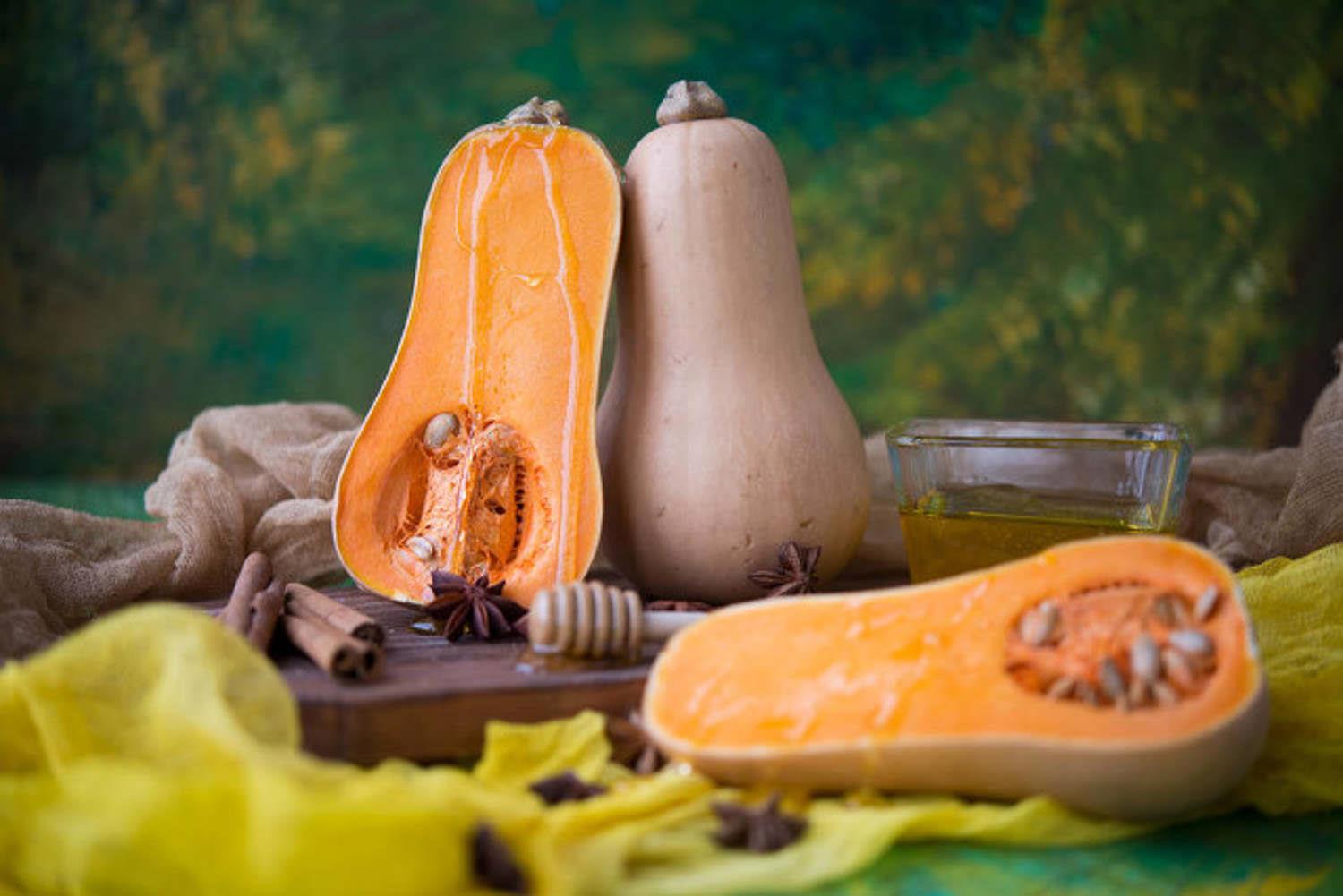How to grow pumpkin well
Last Update :2024.12.11
Article Catalog
3. Problem diagnosis and treatment
The normal growth temperature is between 20℃~27℃ and cannot be higher than 35℃. Although the root system is relatively developed, the demand for water is still relatively high. Sufficient light can make its quality better and its growth condition better. It is necessary to apply sufficient base fertilizer before planting, and then top-dressing during the growth period.
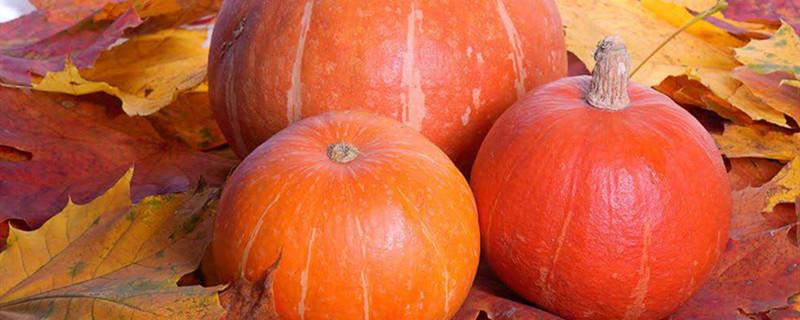
1. Maintenance methods
1. Maintenance methods
1. Temperature: The normal temperature for pumpkin growth is 20-27 degrees, especially during the growth period, the temperature cannot be lower than 15 degrees, otherwise the flowering of the plant will be affected. This resulted in a significant reduction in output. Of course, it is not suitable if the temperature is too high. If it is higher than 35 degrees, dehydration or withering will easily occur.
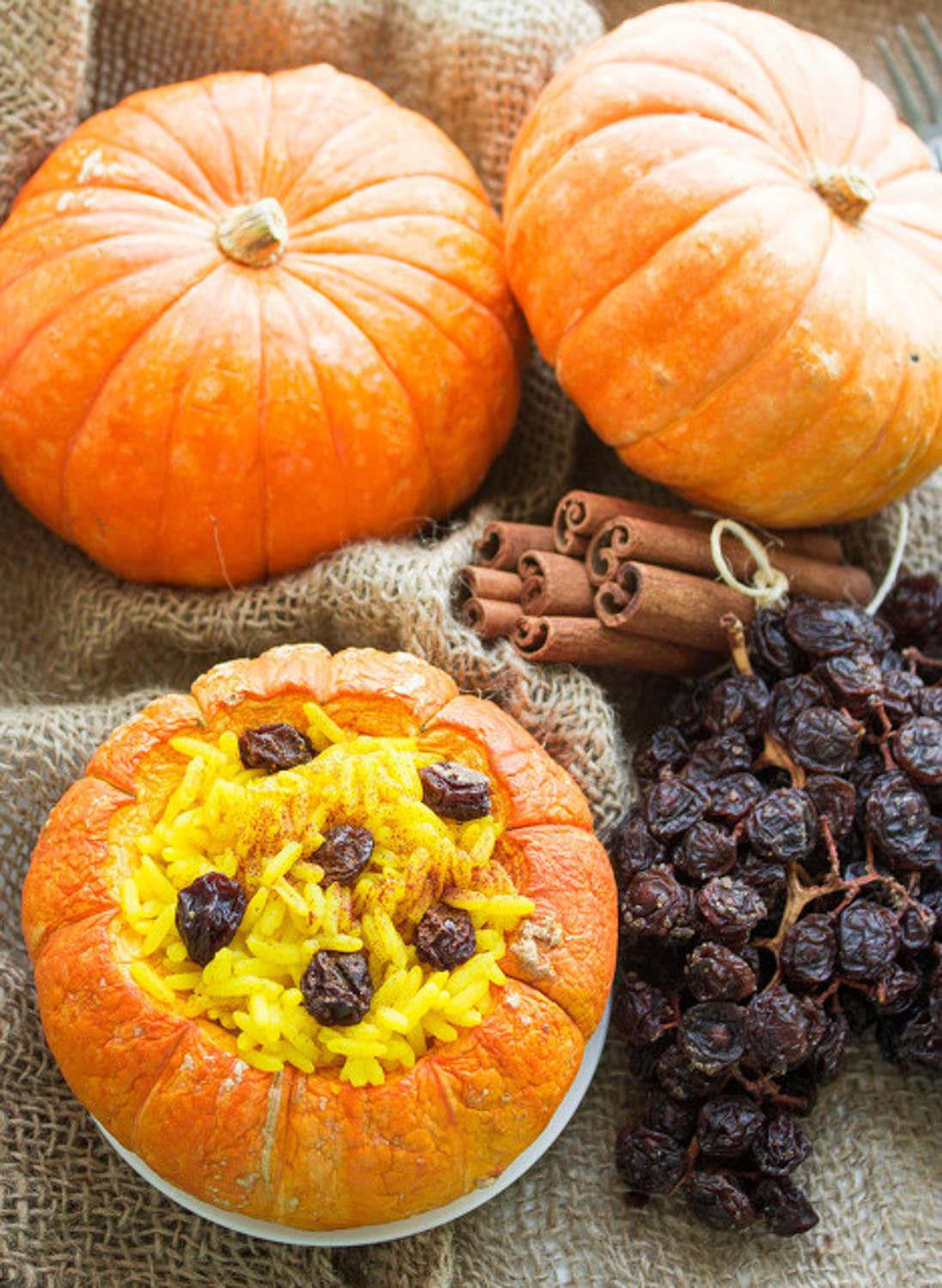
2. Watering: The root system of pumpkin is relatively developed. , its own water storage capacity is relatively strong, but normal growth is inseparable from moist soil, so it needs to be replenished with water frequently. In summer, it must be irrigated more frequently, because its roots are relatively shallow, and it needs to be irrigated in high temperature environments. The water will evaporate quickly.
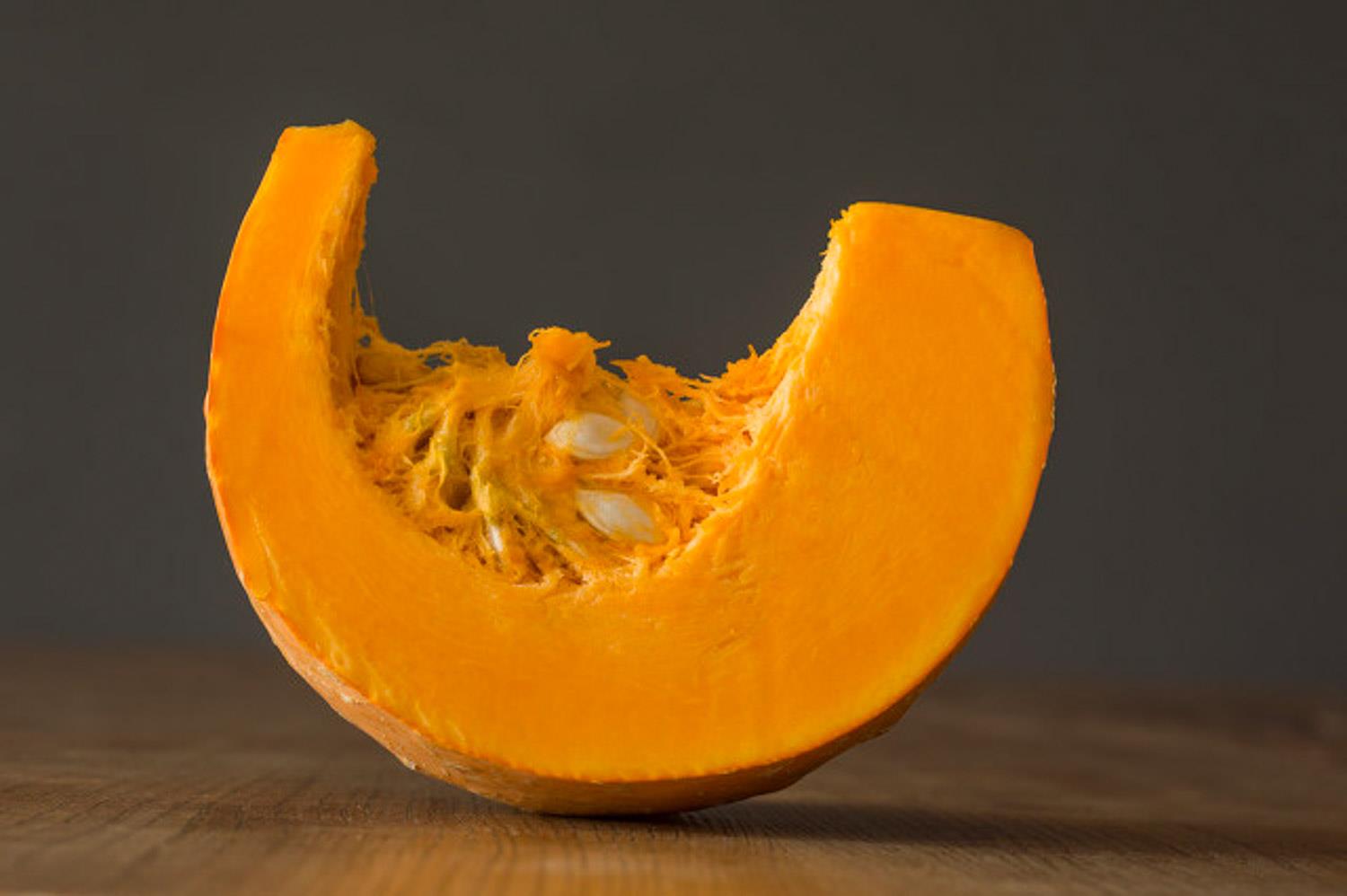
3. Light: Pumpkin is a light-loving plant, especially when blooming During this period, it is necessary to receive sufficient warm sunlight. If there is not enough light, its quality will decline and it will not grow ideal fruits. At the same time, if there is not enough light, there may be diseases and insect pests. It is perfectly fine to use normal light in summer. Accepted.
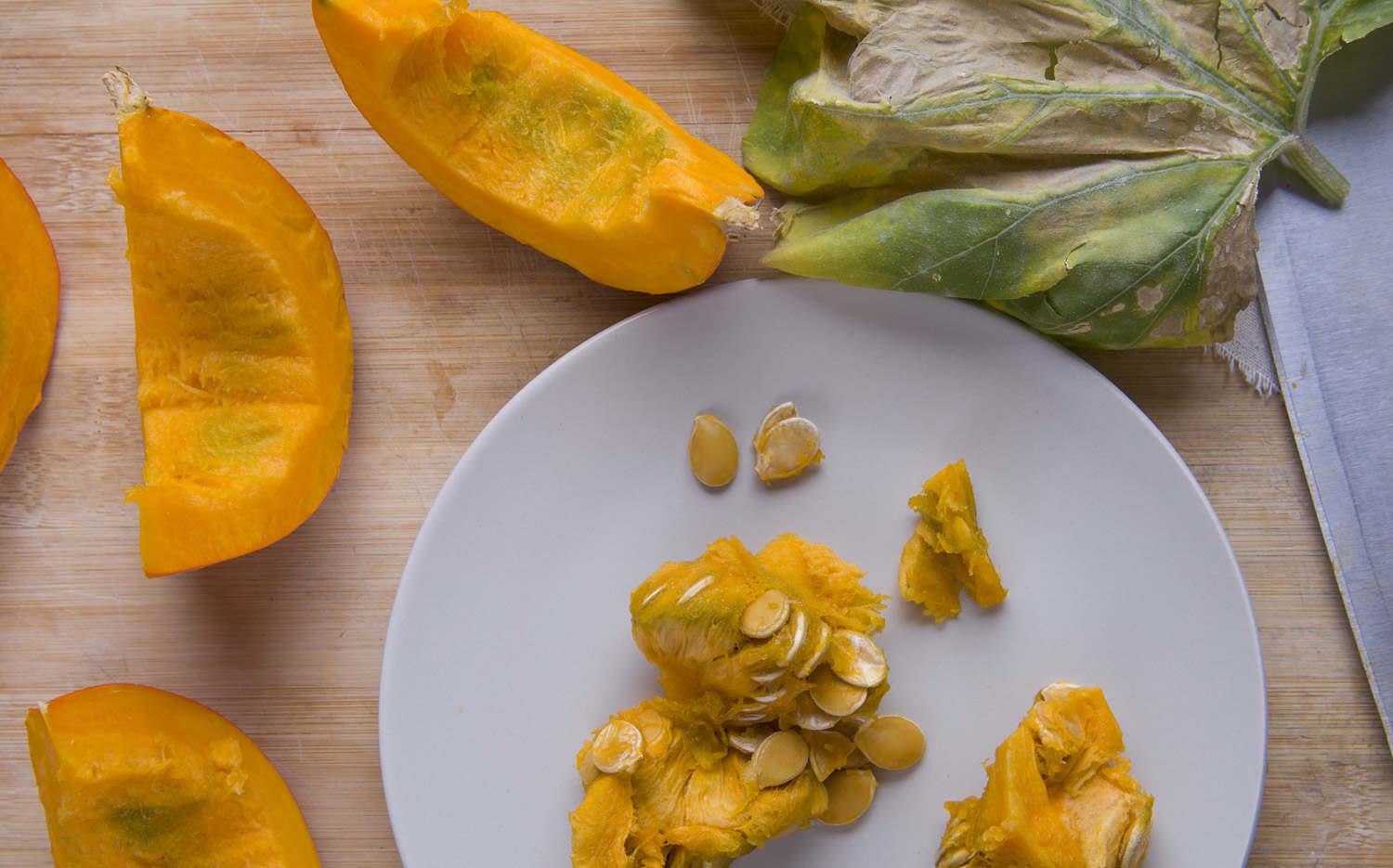
4. Fertilization: Can grow in fertile soil Strong plants need to apply sufficient base fertilizer before setting the value. Generally, organic fertilizers are mainly used. During the growth period of the seedlings, some nitrogen fertilizers need to be applied to promote growth. During the flowering period, phosphorus fertilizers and potassium fertilizers need to be used in combination to achieve a nutritional balance. The fruit will have a more perfect effect.
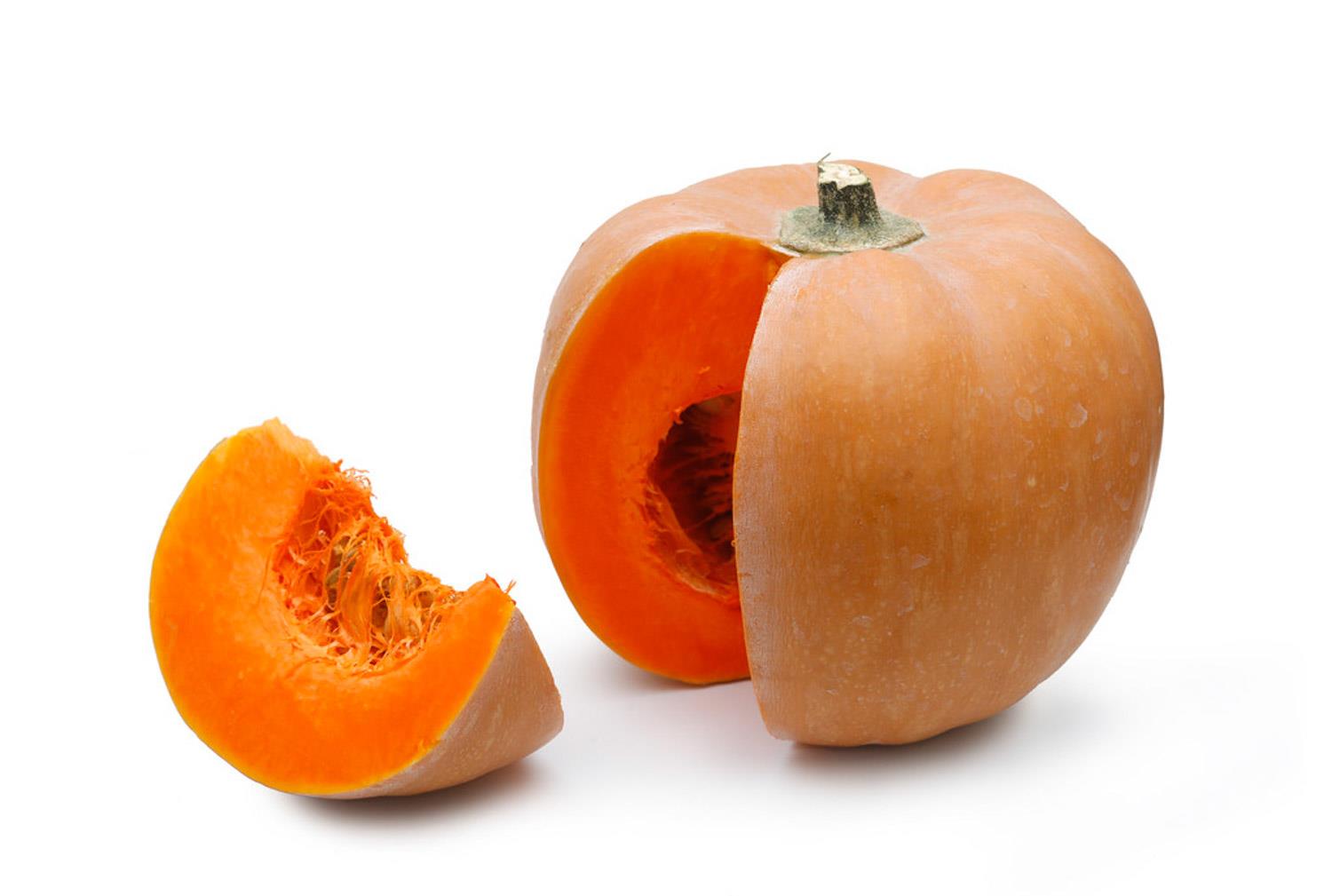
2. Breeding skills
1 . Propagation: Sowing is the required method of reproduction. The best time is in spring and autumn, and summer is the least suitable. Spring needs to be done between January and March, and autumn is suitable between July and August.
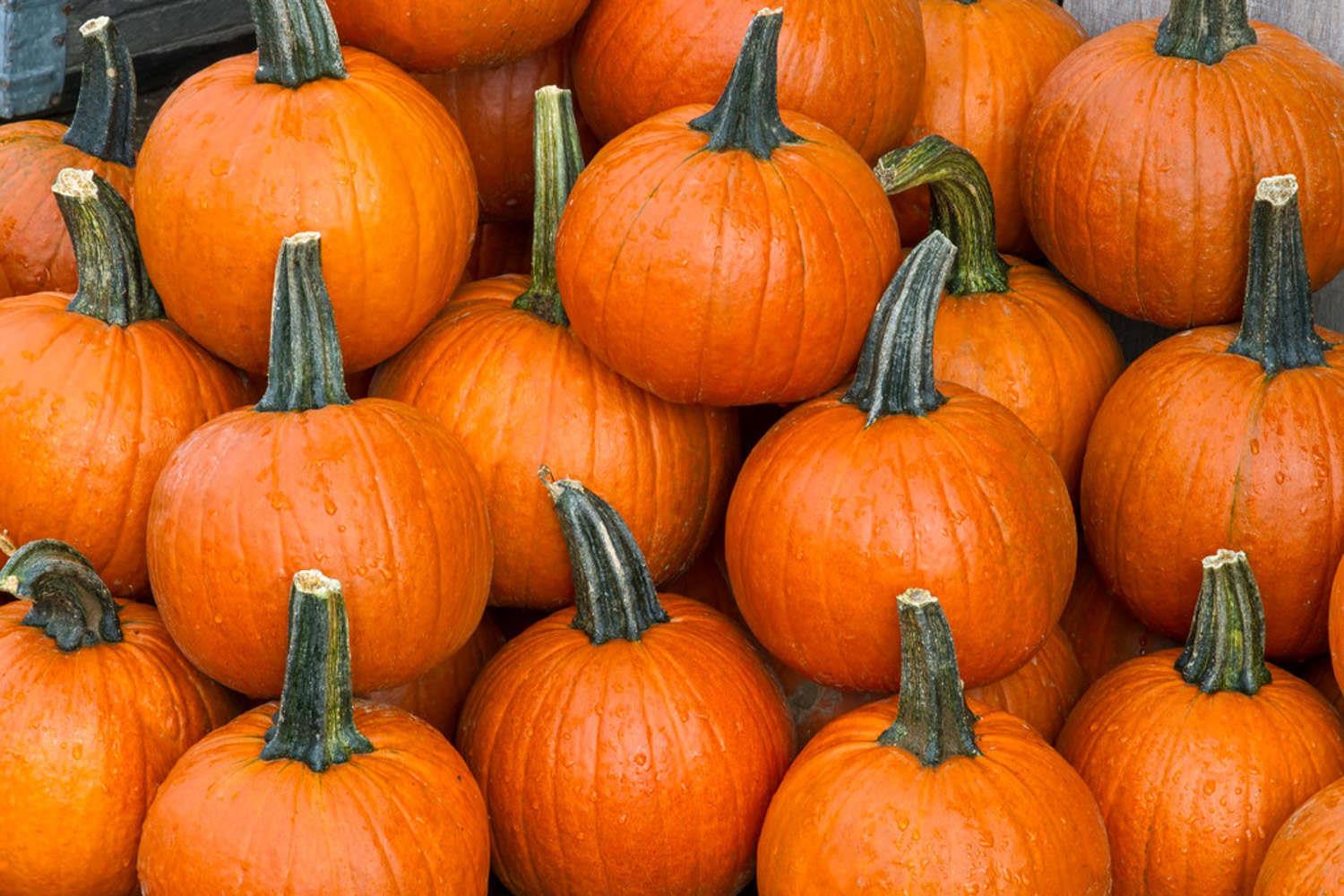
2. Pruning: Pumpkin has a strong spreading nature, so During the growth period, many side branches will appear. These side branches will directly affect the quality of the fruit. These sprouted side branches need to be cut off regularly.
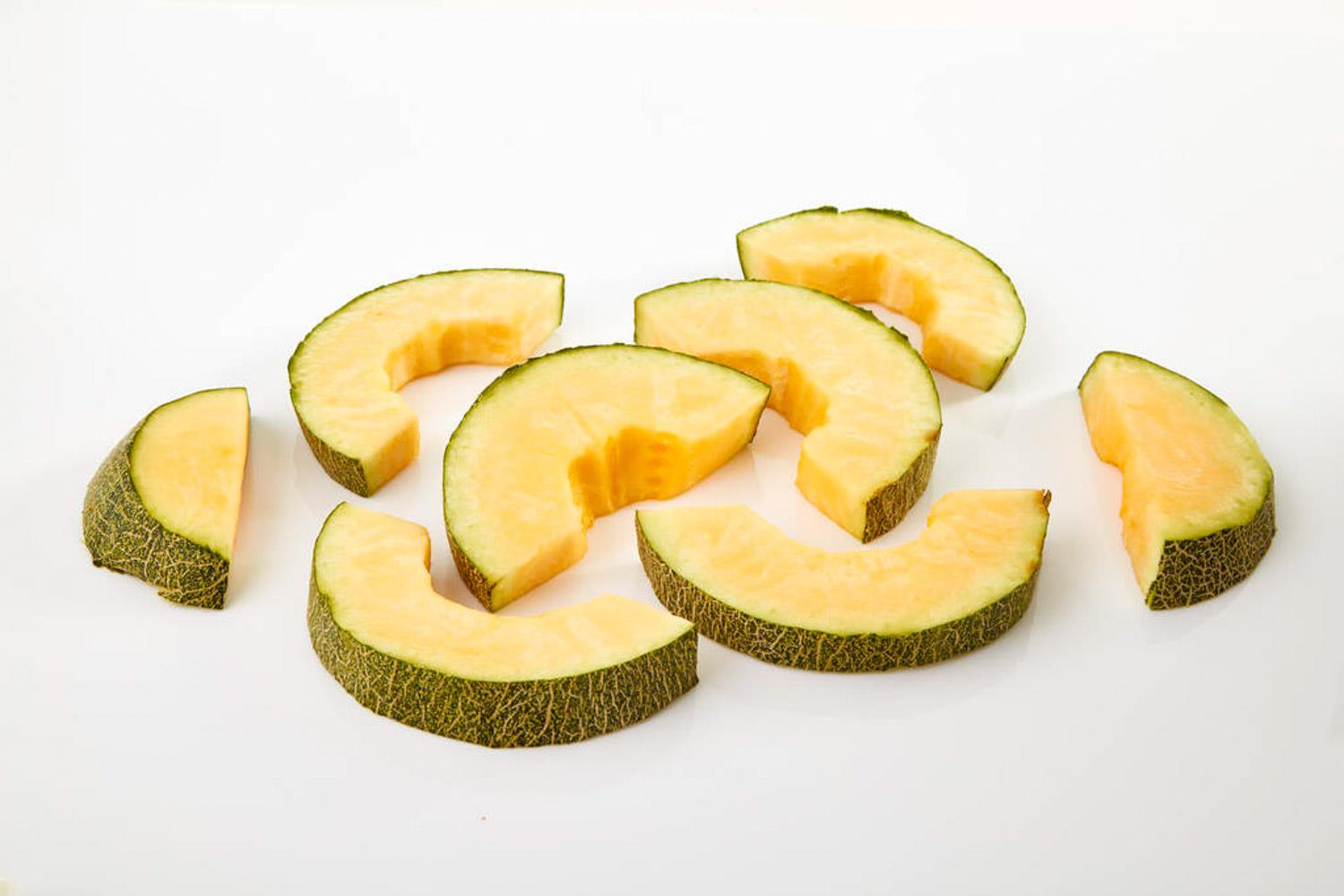
3. Problem diagnosis and treatment
1 Diseases: Leaf blight is the most likely to occur. This disease is mainly caused by bacteria, so you need to use carbendazim solution to prevent and control it. You can also cut off some diseased branches and leaves.
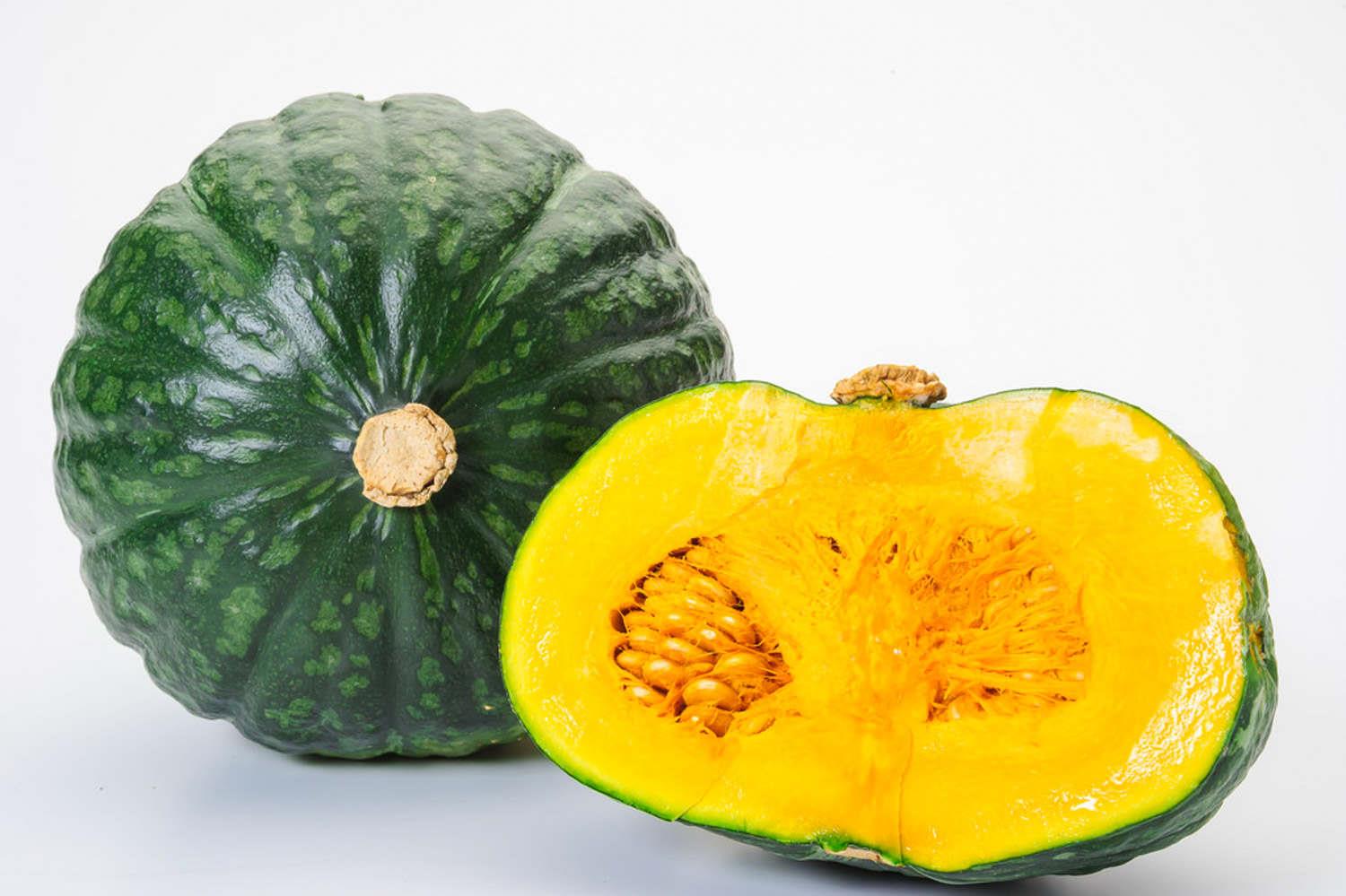
2. Pests: Aphids will appear during the flowering period. This will lead to a reduction in the number of blooms and a loss in yield, which requires the use of dichlorvos solution for control.
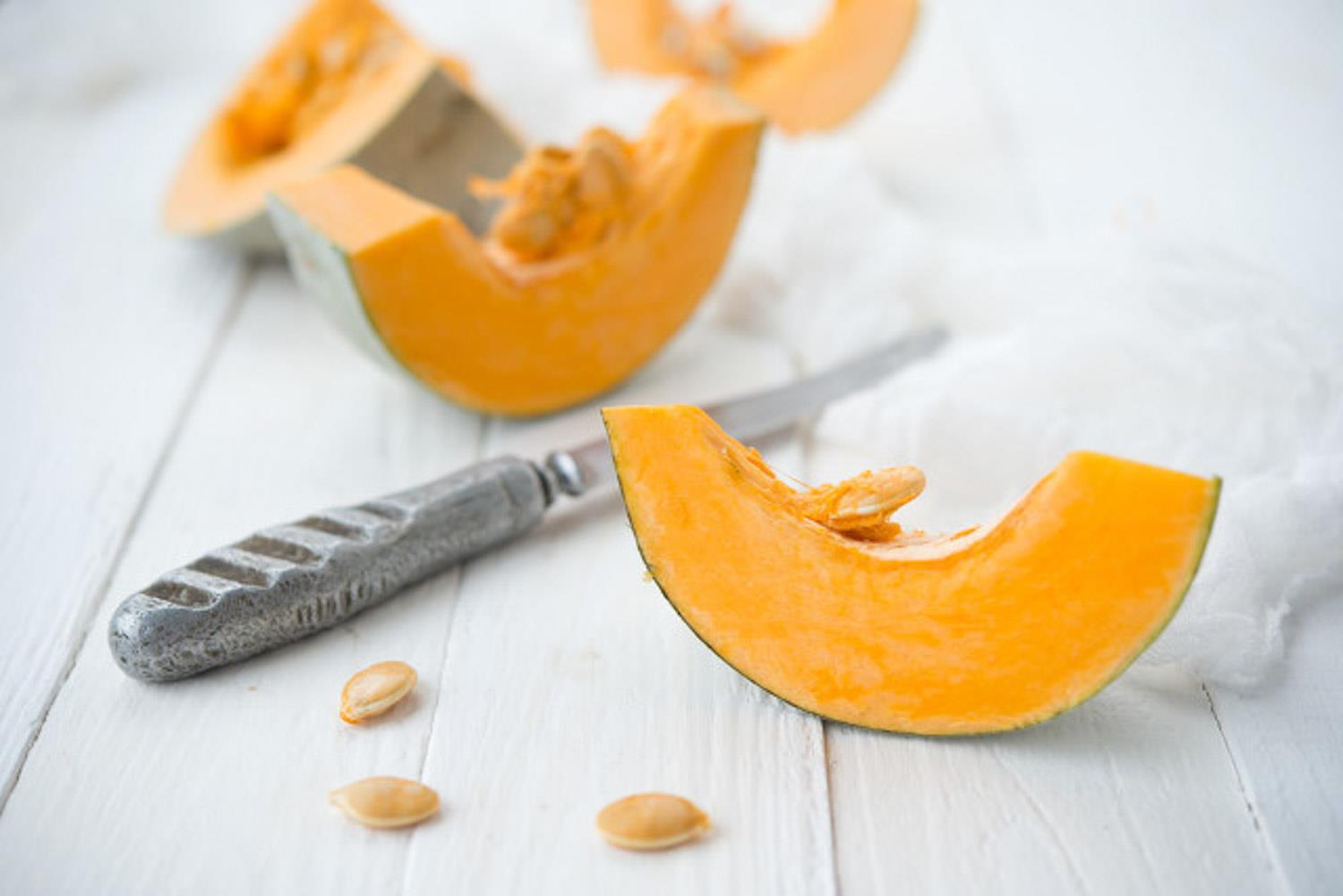
IV. Other questions
1 , Toxicity: It is not toxic and has very high nutritional value, so it is suitable for large-scale farming.
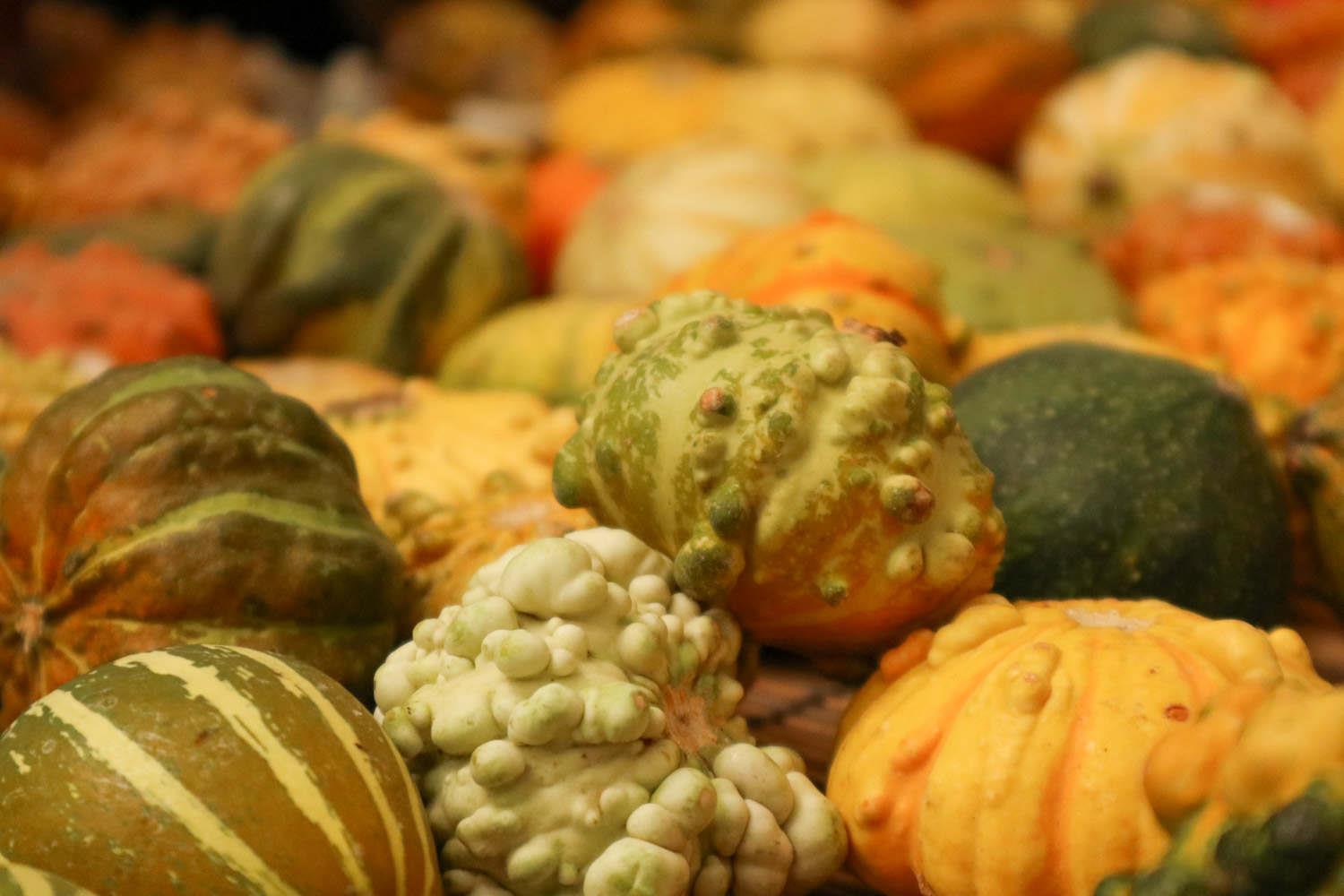
2. Can it be raised at home: Not suitable because The home cannot meet the conditions it needs for normal growth.
Is corn cool or hot? What are its effects and functions?

Corn has high nutritional value, is a very healthy food, is loved by people, and i...
Breeding methods and precautions for Phnom Penh Daphne
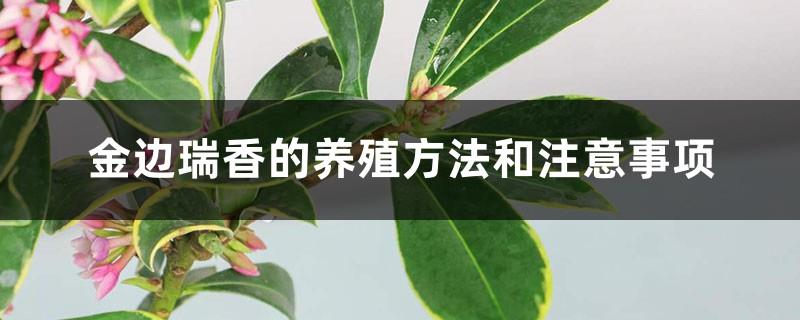
Soil: relatively loose, fertile, acidic soil with decaying humus. Moisture: The ge...
